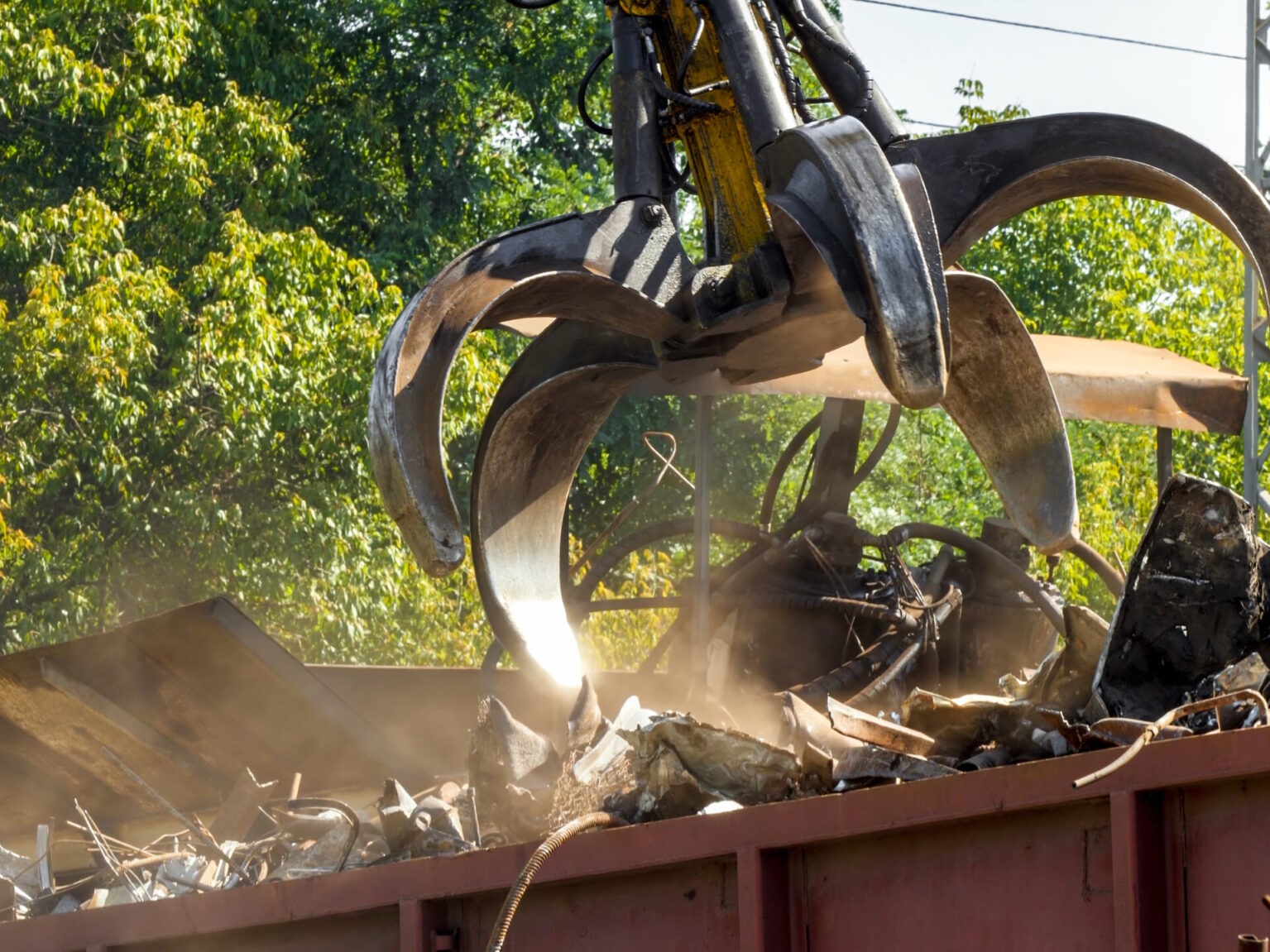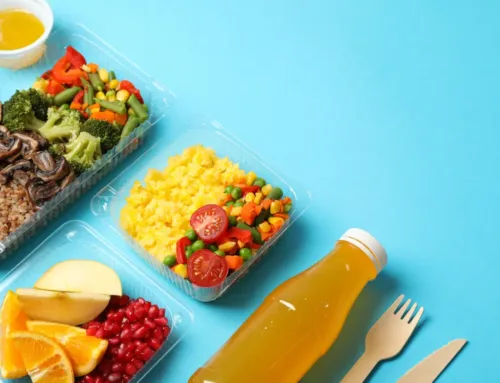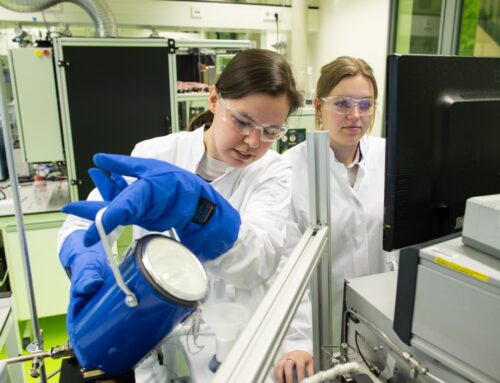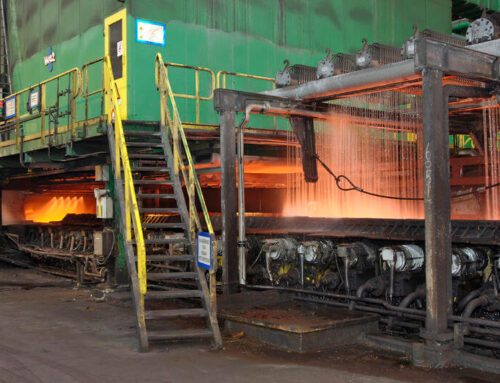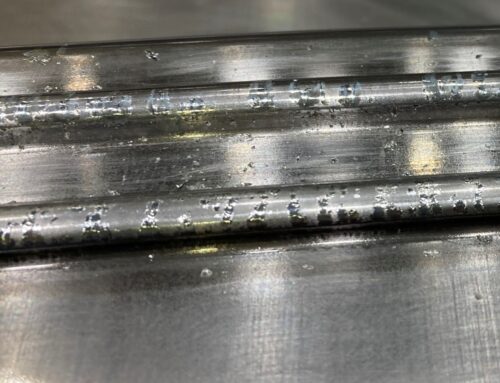Project Description
Key information
Project in the Spotlight: N21022
Market: Circularity
Written by the project team: Jeroen van Beeck (M2i)
Introduction
In May of 2022, NWO granted the program Data Enhanced Physical models to reduce Materials use (DEPMAT) under the Perspectief call. This five years research program is led by Prof. dr. ir. Ton van den Boogaard of University of Twente and involves three technical universities in the Netherlands and five industrial partners. M2i will manage the program management. After signing all agreements and starting documents, the program has now started officially, on December 1st, 2022.
To achieve the Dutch circularity goals, the use of raw materials must be drastically reduced by 2030. This is particularly relevant for steels due to the extremely high ecological footprint of their primary production process. Improved circularity can be achieved by increasing the ratio of recycled material (scrap) in the production process. However, by increasing the scrap-ratio, impurities are introduced that induce variations in the mechanical properties of the steel, causing problems in the manufacturing of steel products. DEPMAT aims to develop data-enhanced physical material models which are sufficiently predictive to guide adjustments of process settings, to achieve constant output quality with varying impurity content, enabling higher scrap ratios in steel production and processing.
For information, and the vacancies we are currently recruiting for, please visit https://depmat.nl.
Problem statement
The Dutch mission to realize a fully circular economy in 2050, and by 2030 a reduction of 50% of raw material use is problematic for the steel industry. These targets are particularly urgent for high quality steel strip, e.g., used for (battery-) cans and automotive applications, whose production relies on the blast furnace process where ‘virgin’ steel is produced via a carbon-based iron ore reduction process. Apart from being non-circular by definition (iron ore is obtained by mining) the blast furnace reduction process puts a high burden on the environment: oxygen atoms in the ore are captured by carbon such that apart from iron, huge quantities of CO2 are produced. Thus, both from a circularity and a carbon footprint perspective, it is evident that we need to ensure that reduced iron, which from their reduction process already carries a high environmental load, is not lost.
Project vision
Our vision is to close the life cycle for steel, ensuring that no reduced iron atom is wasted. This can be achieved by re-introducing scrap as a base-material in steel production. This is currently already done. However, only low quality steels can be produced using entirely recycled material, using for example the electric arc furnace. The current processing and manufacturing technologies for high quality steels cannot deal with the composition variations that accompany the increase in recycled material content.
Thus, the ultimate vision of success of this program is that material producers and users are deploying higher fractions of recycled material without compromising on product quality. This by adjusting processing and manufacturing parameters, potentially in-line, based on data-enhanced physical materials modelling. These data-enhanced physical material models will be faster and more accurate than existing purely physical models and that can quickly adapt to varying material compositions.
The consortium
The program will bring together the required expertise on structural materials modelling and data-driven techniques. The consortium combines established researchers with an ambitious group of scientists with the potential to put the emerging field of data-enhanced materials modelling on the map internationally. In this ambitious project, industry is represented by Tata Steel Nederland, Outokumpu Nirosta, Geerts Metaalwaren, SKF, and Bosch Transmission Technology. They will provide the necessary data and expertise on the industrial processes, and aid in setting up demonstrators of the results. The universities where the various PhDs and Postdocs will do their research are the three universities of technology in Delft, Eindhoven and Twente.
What do the partners say?
Kees Bos, Tata Steel Nederland & Delft University of Technology
For Tata Steel, it is obvious that the recycled content in our high-quality strip steels must be increased to become more sustainable. With DEPMAT, we expect that the materials modelling capabilities will take a giant step forward to help us deal with the material variability that comes with the recycled steels.
Hein Jonker, Geerts Metaalwaren
Geerts Metaalwaren uses various material sources to produce high quality deep-drawn products. As such, material variability can have drastic consequences for our products. With DEPMAT, we hope to be able to better understand and control our processes.
Stephan Heppner, Outokumpu Nirosta
Outokumpu is the global leader in sustainable stainless steel. Our aim is to further reduce emissions and provide solutions for a sustainable future. As such, we expect the DEPMAT program to provide novel insights into our processes and resulting material behavior.
Involved partners
Research institutes:
- University of Twente: Engineering Technology / Nonlinear Solid Mechanics
- University of Twente: Electrical Engineering, Mathematics & Computer Science / Hybrid systems, Mathematics of Operations Research
- Eindhoven University of Technology: Mechanical Engineering / Mechanics of Materials
- Delft University of Technology: 3mE / Materials Science and Engineering
- Delft University of Technology: Aerospace Engineering / Aerospace Structures and Materials
- Delft University of Technology: Electrical Engineering, Mathematics and Computer Science / Distributed Systems
Involved (end)users:
- Companies: Tata Steel, Outokumpu Nirosta, Geerts Metaalwaren, SKF, Bosch Transmission Technology
- Other organisations: Materials innovation institute, M2i
Video detailing the program: https://youtu.be/ArGh4QH5Elg
